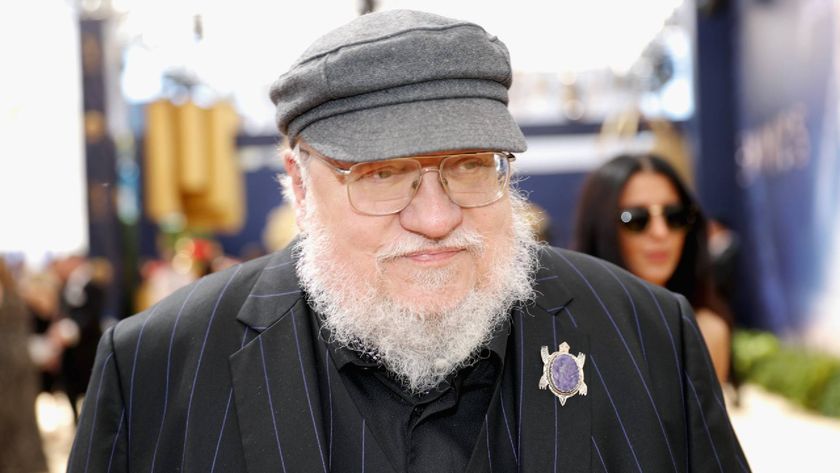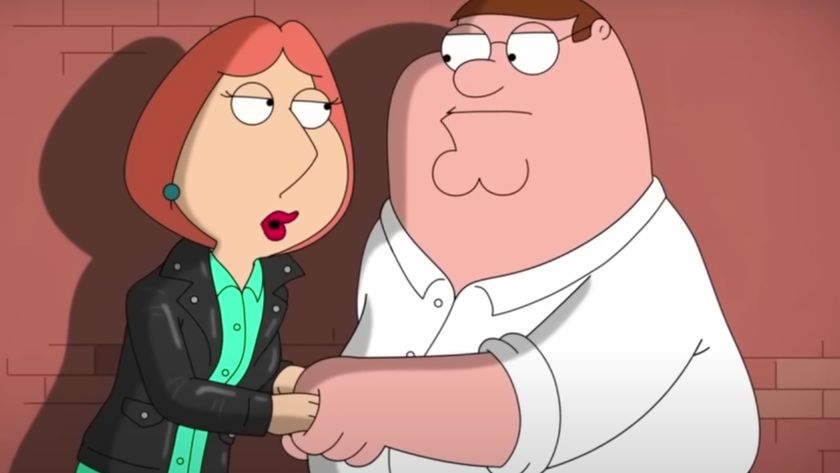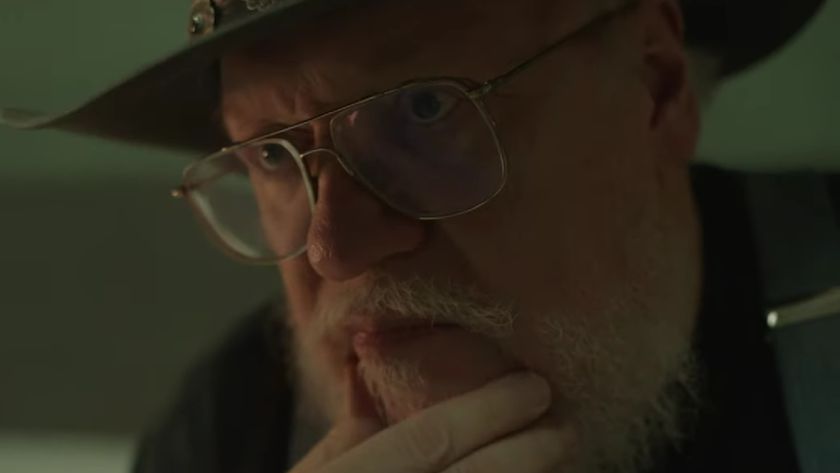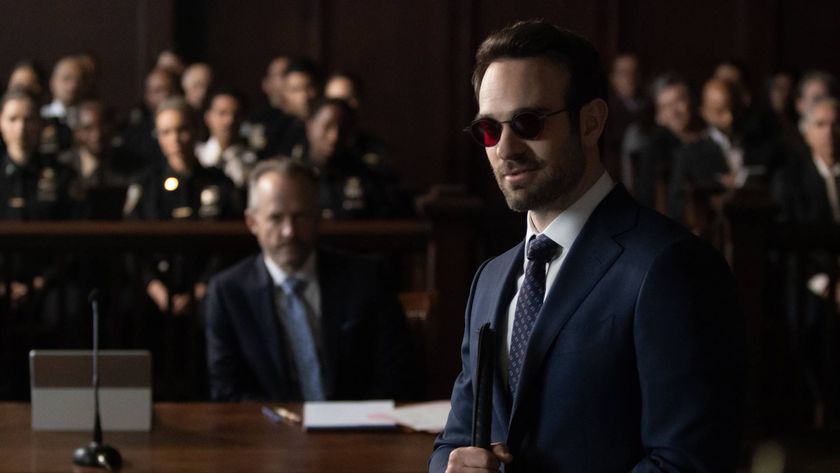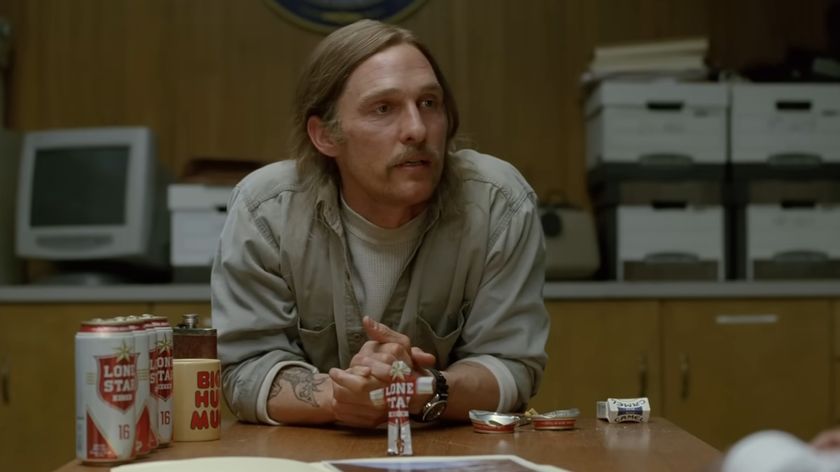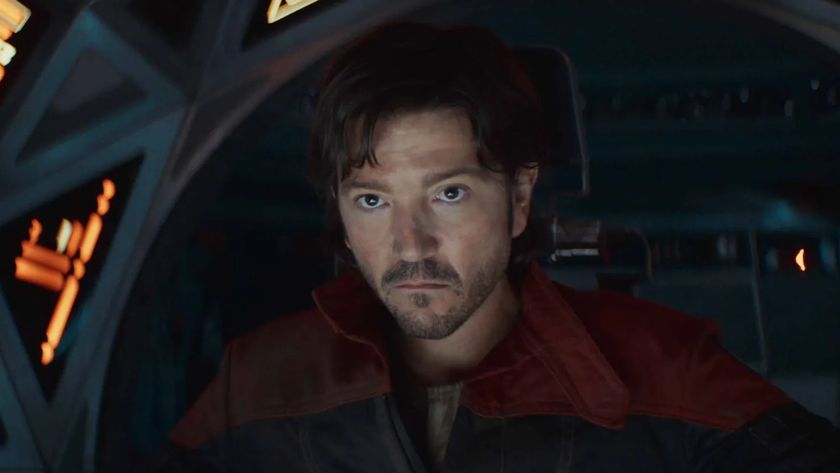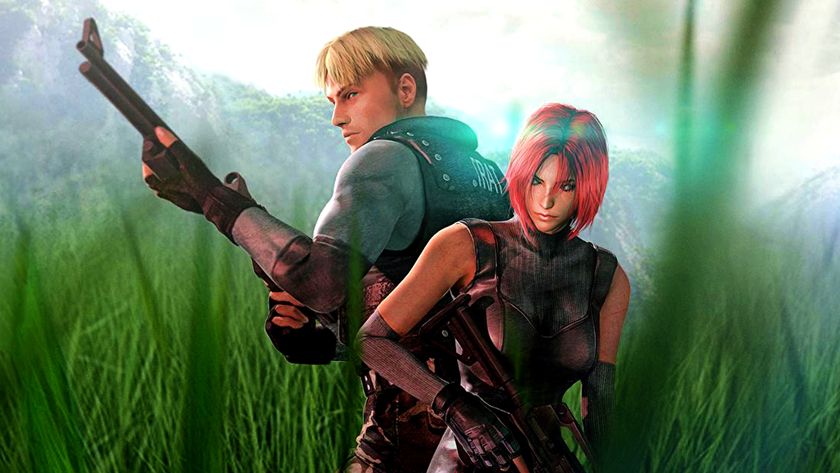Pilot Error
None
11 sci-fi and fantasy TV pilots that never went to a series
We all know what it's like to lose a beloved TV show before its time. But what about those that never even made it to a series? Will Salmon looks at 11 telly pilots that are gone but not forgotten (though some of them should be).
1. K9 & Company (1981)
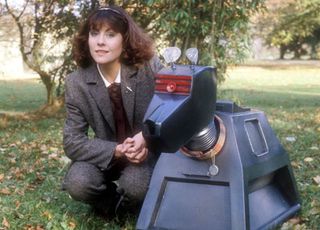
Main creative force: John Nathan-Turner (producer)
Premise: Top Doctor Who companion Sarah Jane Smith investigates a coven of witches, with the help of a certain tin dog.
Why didn’t it get a series? Despite strong viewing figures, the show was scuppered by a change of management at the BBC.
The verdict: Derided by fans. Mocked for its hilariously dreadful title sequence, and generally considered a bit of a joke, I’d like to make a case that K9 and Company is actually brilliant. Sure, it’s as cosy as can be, and Brendan is an irritating little weirdo, but the homeliness is part of its charm. Long before Sarah was fighting monsters from Bannerman Road, it’s fun to imagine her tackling villains like the low rent coven here, and there’s an eerie Children Of The Stones vibe. But is it just me, or is there something vaguely swingery about the Bakers and the way they’re eyeing up Sarah at the end of the episode? Shame it was to be another 25 years before Sarah and K9 became a regular fixture on telly again.
Possible future storylines: The title sequence says it all. Sarah goes jogging, has a glass of wine and drives slowly down country lanes, while K9 wobbles precariously on a dry stone wall. For 13 episodes.
Sign up to the SFX Newsletter
Get sneak previews, exclusive competitions and details of special events each month!
.
.
2. Global Frequency (2005)
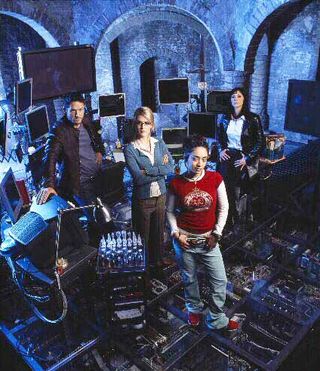
Main creative force: John Rogers (producer), Warren Ellis (creator)
Premise: A covert network of agents defend the Earth from threats, ranging from terrorists and natural disasters to paranormal activity.
Why didn’t it get a series? A change in management at The WB led to the scrapping of the series.
The verdict: Of all the shows on this list, Global Frequency is the one with the most obvious potential. The worldwide setting and vast-range of potential threats sounds like a gift for a TV producer. And indeed the pilot episode lives up to (some) of that. It’s a little rough around the edges in places (the Frequency seems to be even less of a covert agency than Torchwood), but it looks great, Michelle Forbes is perfectly cast as the icy Miranda Zero, and there’s a cool 24 meets Dollhouse vibe. It’s an exciting story, and it’s a real shame that no more were made.
Still, all is not lost – it was announced last year that The CW is interested in getting Global Frequency off the ground again. While things have gone suspiciously quiet since then, there’s always a chance that this unit hasn’t gone dark quite dead yet.
Possible future storyline: A pair of evil twins are hypnotizing the nation. Only the Global Frequency can stop the horror of Jedward…
.
.
3. The Robinsons: Lost In Space (2004)
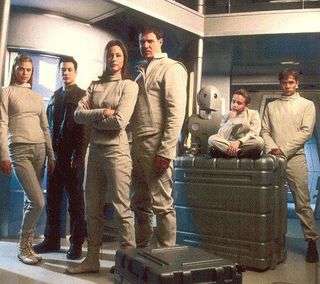
Main creative force: John Woo
Premise: War hero Colonel Robinson is all set for retirement, setting off with his family to the peace and quiet of planet Nova. But they’re soon attacked and find themselves lost in spaaaace.
Why didn’t it get a series? Probably because it was rubbish.
The verdict: I dunno about you guys, but when I think of space travel, I think of adventure. Strange new worlds and civilisations, or at least something a little bit unusual. The pilot of The Robinsons: Lost In Space , though, is more focussed on soapy family dynamics. I’m not talking character drama here. Character drama is interesting. No, this is real, “Dad doesn’t approve of my boyfriend” stuff.
Still, it looks the part with slick effects and set design (so slick, in fact, that most of the sets were apparently bought for the Battlestar Galactica reboot). Shame the new robot isn’t a patch on the one from the original series though. “Danger, danger Will Robinson – of dying of boredom.”
Possible future storyline: Judy contracts space-herpes. Maureen becomes addicted to painkillers and gives up adventuring in favour of sitting around watching daytime TV. The robot, sickening of all this soapy nonsense, blows up the ship.
(Click on the above image to watch a clip)
.
.
4. Genesis 2 (1973)
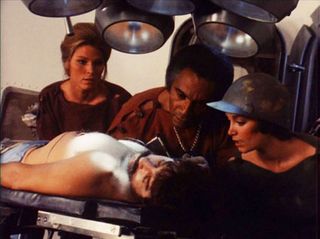
Main creative force: Gene Roddenberry
Premise: NASA scientist Dylan Hunt goes into suspended animation and wakes up in a post-apocalyptic future.
Why didn't it get a series? CBS were torn between choosing Genesis 2 or the Planet of the Apes series. They chose the monkeys.
The verdict: Genesis 2 was the first of several attempts by Roddenberry to launch a viable sci-fi show after Star Trek . It’s reasonably entertaining, though as with most of Roddenberry’s work, there’s an inescapable cheesiness to it too. Had it gone to a series, episodes would have focussed on exploring the ruins of London, artificial intelligences that have evolved from NASA machinery (echoes of Star Trek: The Motion Picture there) and a society of women who treat their men like domestic pets.
Shortly after the show was turned down, Roddenberry took a second pass at the idea. He reworked the material into Planet Earth for Warner Bros. Alas they too passed on the man out of time’s adventures.
Possible future storyline if had gone to series: Dylan finds himself trapped in the ruins of an Apple store, pursued by dead-eyed sales droids, chanting, “It just works. It just works. It just works,” forever.
.
.
5. Aquaman (2006)

Main creative force: Alfred Gough and Miles Millar
Premise: Buff, frequently topless, Arthur “A.C.” Curry discovers that he is, in fact, the prince of Atlantis.
Why didn’t it get a series? Goodness knows. Despite strong word of mouth and industry buzz that it would be picked up, The CW passed on the show.
The verdict: With Smallville still pulling in the punters, and the fifth-season episode “Aqua” proving particularly popular, it was decided that Aquaman would be the next DC superhero to get a show of his own. And indeed the pilot is pretty good. Justin Hartley’s a little bland in the lead (though nowhere near Tom Welling’s glassy-eyed weirdness), but casting Ving Rhames as his mentor, McCaffery was a good call. He provides clichéd wisdom, with a hefty pinch of menace. Gough and Millar had big plans for the show, with storylines including AC tackling corrupt oil companies; more attacks by the vicious Sirens, and a visit to Atlantis itself. Given the fan buzz around at the time, and the big business it did when the episode was released on iTunes in the States, its non-commission remains rather mystifying.
Possible future storyline: Swimming too close to a trawler fishing in prohibited waters, AC gets caught in a net and has to fight off his enemies using only a dazed basking shark.
.
.
6. Red Dwarf USA (1992)
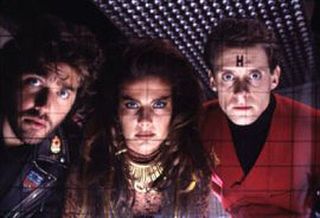
Main creative force: Rob Grant and Doug Naylor ( Red Dwarf’ s original creators)
Premise: The last human alive wakes up three million years into the future with the usual bunch of comedy reprobates.
Why didn’t it get a series? The studio execs didn’t like it.
The verdict: Weird one this. The pilot combines elements of Grant Naylor’s original series opener, with a new script by Linwood Boomer. While it’s a bit of an uncomfortable fit, it’s actually pretty funny in places and Craig Bierko makes for a likeable Lister – even if he does have a tendency to smirk at his own gags. Still, the high ups weren’t impressed. In an attempt to get the show off the ground, Boomer was sacked, Cat was turned into a woman ( Star Trek Deep Space 9 ’s Terry Farrell) and several new scenes were recorded, including a couple of excerpts from potential future episodes. The results are profoundly average and the series never happened.
Possible future storyline: Choose your favourite episode of Red Dwarf . Now imagine it with half the gags and a sucking vacuum of nothingness where Rimmer should be, and there you have it!
Version 1
Version 2
.
.
7. The Questor Tapes (1974)
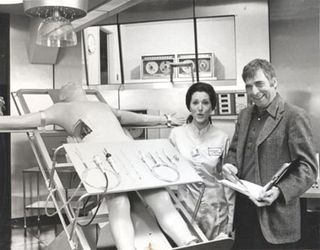
Main creative force: Gene Roddenberry (again)
Premise: An android embarks on a quest (geddit?) for his creator.
Why didn’t it get a series? Relations between Roddenberry and the networks were strained at best, and when the character of Jerry Robinson was removed from the planned series against Roddenberry's wishes, he abandoned the programme.
The verdict: Perhaps the most interesting of the failed Roddenberry pilots, The Questor Tapes is frequently quite naff, but very likeable. Its titular character – an android striving to become more human – is clearly a dry-run for Data from Star Trek: The Next Generation , and his observations on human life and lack of tact recall Spock, as well as providing much of the show’s comedy. It’s kind of hard to see where the potential series would have gone, but the revelation at the end of the pilot that (spoilerphobes look away now) Questor is one of a series of androids that have existed since the dawn of time to help guide mankind is certainly intriguing.
Possible future storyline: Questor learns more about human culture by investigating the practices of transcendental meditation, bogling and teabagging.
.
.
8. Virtuality (2009)
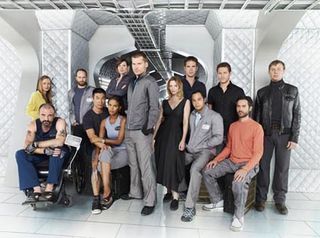
Main creative force: Ronald D Moore
Premise: The starship Phaeton is dying Earth’s last hope, sent on a mission to explore a nearby star system. It’s also the subject of a reality TV show. To while away the journey, the crew use virtual reality headsets. But something has infiltrated the programming...
Why didn’t it get a series? Poor ratings are the cited reason, but look at that premise... It's not exactly the sort of easy sell that the Fox network likes. See also Firefly , Dollhouse etc.
The verdict: Virtuality feels quite unlike any space exploration show of recent memory, mixing action with existential angst. The reality TV angle could have come across as rather blunt satire, but instead it’s a nice twist, seeding paranoia among the crew, who are worried about how they are being portrayed to the folks back home.
The VR set pieces are also well done. Clearly a preoccupation of Moore’s (See the New Cap City sequences on Caprica), they provide a good excuse to get off ship, and also hint at some of the wider themes of the piece.
But... It’s all a bit confused. It’s great that the show was confident enough to go off in every direction at once, but at the same time, it’s not a huge surprise that the networks didn’t really get it.
Possible storyline if it had gone to a series: In a surprising bit of post-modern intertextuality, the entire show turns out to have been Bouncer from Neighbours ’ dream.
.
.
9. Spectre (1977)
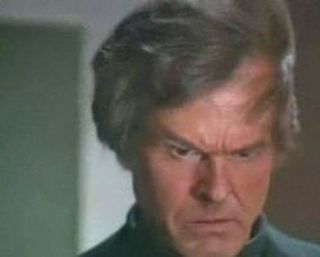
Main creative force: It’s that man again... Gene Roddenberry
Premise: Criminologist William Sebastian investigates the supernatural and fights the forces of darkness.
Why didn’t it get a series? The networks passed on it.
The verdict: There’s great potential to be mined in the occult investigator sub-genre, as shows like Kolchak and The X-Files have proved over the years. But while Spectre looks and feels like a Hammer horror, it’s too slow and dull to ever be truly scary, or even moderately unsettling. There’s little sense of supernatural menace at work, though Robert Culp and Gig Young make for likeable leads. There’s a clear Holmes and Watson vibe to their partnership that could have grown into something engaging had the show gone to a series. Sadly, Young died in rather tragic circumstances not long after shooting the pilot. While the series never happened, it was released in the UK as a full on horror feature, complete with bonus boobs.
Possible future storyline: Sebastian and Doc Hamilton fly to England and encounter an evil entity known only as “Noseybonk”.
.
.
10. Amazon High (1997)
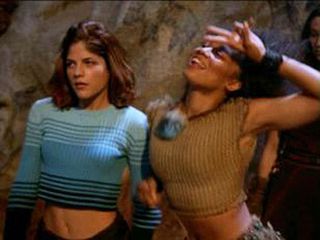
Main creative force: Rob Tapert
Premise: Wannabe cheerleader Cyane is thrown back in time and gets caught up with the Amazon nation. With hilarious consequences.
Why didn’t it get a series? The show failed to secure funding.
The verdict: A bit tricky to discuss this one, as very few people have ever seen it. What we do know is that, had it happened, Amazon High would have been the second spinoff from Hercules: The Legendary Journeys (the first being Xena: Warrior Princess, of course). The plot is the usual knockabout nonsense, with Cyane using her modern perspective (and a pepper spray) to help the all-female Amazon tribe fight off some cannibals. Alas for fans of gross historical inaccuracies and lesbian subtext, it was not to be.
Still, waste not want not. Much of the footage shot for the pilot was reused in the Xena episode “Lifeblood”. It’s also notable now for featuring Karl Urban in his third role in the Xena-verse, as one of the cannibals.
Possible future storyline: Lord alone knows, but no doubt something involved fighting and wisecracking.
.
11 Exoman (1977)
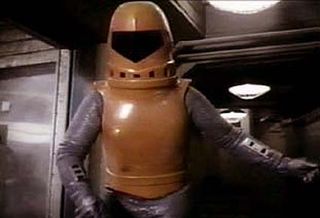
Main creative force: Martin Caidin, Henri Simoneon
Premise: Let’s rip-off Iron Man, but make the armour look really stupid.
Why didn’t it get a series? Studio execs do see sense sometimes. Have you seen the suit? He looks like a ginat metal condom.
The verdict Oh dear sweet Lord, how did this even reach pilot stage? A college professor is attacked by thugs and paralysed from the waist down. So he builds an “exo-suit” clearly inspied by 1930s Flash Gordon serials and decides to fight crime. Why does it take him getting paralysed to decideto do this? Clearly the thought of building the suit and figting crime hadn’t occured to him before. Or just building a suit to help him walk again. No, it takes a tragedy like losing the use of your legs to spur you into a giant, red crimefighting strawberry Durex. Ah, but he forgets one thing – that he needs to breath. Yep, he makes the suit air tight which leaves him with only a limited air supply. Um, why?
Possible future storyline Lots of children point at Exo-Man and laugh. While he suffocates.
.

Dave is a TV and film journalist who specializes in the science fiction and fantasy genres. He's written books about film posters and post-apocalypses, alongside writing for SFX Magazine for many years.
